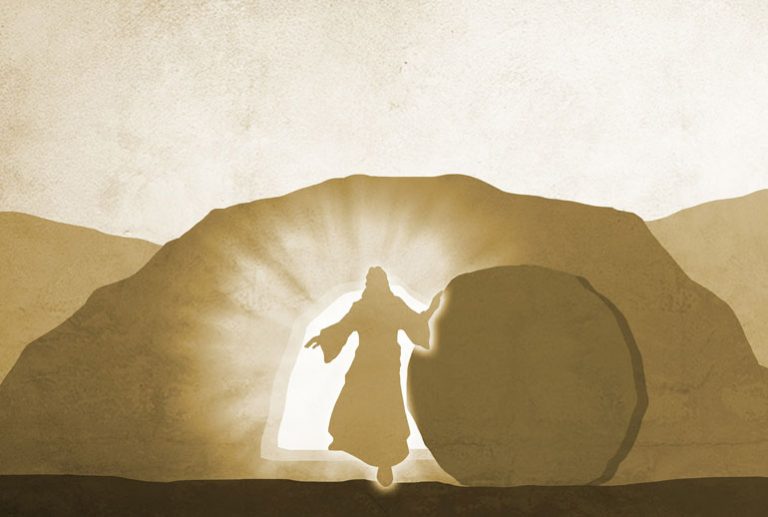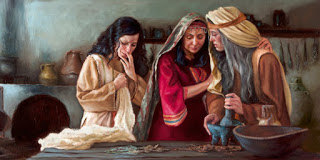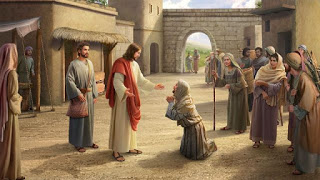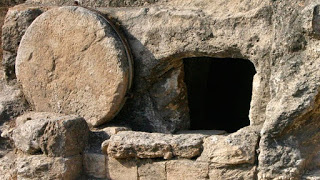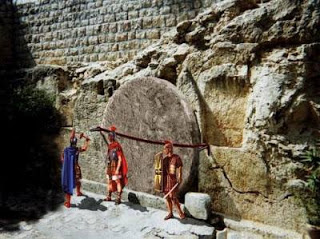Most biblical scholars identify the apostle John—one of the two sons of Zebedee and Salome, the younger brother of James, and companion of Simon Peter—as the beloved disciple mentioned in the Gospel that bears his name. He was among the first called by the Master to be one of the Twelve. This was unusual for the time, as it was customary for disciples to choose their teachers, not the other way around: “You did not choose me; no, I chose you.” (John 15:16)
John is believed to have been the youngest of the apostles. For this reason, Jesus developed a special affection for him—thus the nickname “the beloved disciple.”
John was present with the Master during some of His most intimate and significant moments: In the house of Jairus, the synagogue leader, when Jesus raised his daughter from the dead, or, on Mount Tabor, during the Transfiguration, or, In the Garden of Gethsemane, where Jesus prayed in agony before His Passion.
John, along with Peter, was chosen to prepare the Last Supper, and during the meal, Jesus invited him to sit at His right. At the foot of the cross, Jesus entrusted to John the care of His mother. After the resurrection, John was also a witness to one of the appearances of the Lord, as well as the miraculous catch of fish at the Sea of Tiberias.
This disciple had seen the Master: Raise the dead, walk on water, feed thousands with just a few loaves and fish, heal every kind of illness, give sight to the blind, restore speech to the mute, enable the paralyzed to walk.
John had spent three years at Jesus’ side—day and night—sharing countless conversations, many of which are recorded in Scripture, and many more that are not, but certainly took place.
And yet, despite all of this, John still did not believe that Jesus was the Son of God—at least not fully.
The Gospels describe the turning point for several disciples—those moments of revelation when they came to believe in the resurrection, and thus in Jesus as the Messiah:
- For Thomas, it was when Jesus invited him to touch the wounds in His hands and side.
- For the two disciples on the road to Emmaus, it was when He broke the bread during their shared meal.
- For others, it was when Jesus appeared to them in the upper room, where they had hidden in fear.
So then—what was the breaking point for John, the disciple Jesus loved in a unique and personal way?
Together with Peter, John was one of the first disciples to visit the tomb after Mary Magdalene announced that the Lord had risen. Upon entering, they noticed that “everything” was in its place—everything except Jesus.
The two of them ran together, but the other disciple ran faster than Peter and arrived at the tomb first. He bent down and saw the linen clothes lying there but did not go in. Then Simon Peter arrived after him and entered the tomb. He saw the linen cloths lying there and the cloth that had covered Jesus’ head, not lying with the other cloths but rolled up in a separate place. (John 20:4–7[1])
The evangelists use the words “cloth” or “sheet” to refer to the linen shroud that Joseph of Arimathea had purchased to wrap the body of Jesus. In the account given by the beloved disciple, a particular detail is emphasized—the word “lying” (or “stretched out”) is repeated, underscoring its importance.
Upon entering the tomb, the disciples were astonished to see that the body was gone—but the shroud remained in place. It was lying where the body had been, seemingly untouched, but collapsed in on itself, as though the body had passed through it. It appeared “deflated.” This remarkable detail is what prompted John to record the reaction: “He saw and believed.” (John 20:8)
This disciple—who had been especially close to the Lord, who had accompanied Him during His most intimate moments—finally believed when he saw the cloth “lying there.” What he saw was not a disorderly pile, but the contours of the linen cloth still shaped around the form it once held: the nose, cheekbones, chin, torso, and limbs, all visible in soft relief. It lay exactly where the body had been placed on Friday evening.
For John, this crucial detail not only disproved the rumor that the body had been stolen—after all, what thief would have carefully arranged the burial cloths? —but pointed directly to the miracle of the resurrection.
The Gospel of John is also the only one to mention, alongside the linen cloth, the “shroud.” The Greek word used here refers to a “sweat cloth” or “handkerchief”—a piece of fabric smaller than the linen sheet, larger than a typical handkerchief, but smaller than a towel. It was a common item in men’s attire during Jesus’ time and was used, particularly in burial customs, to wrap the face, primarily to keep the jaw from falling open. It was the first element used in the burial preparation.
This same Greek word appears in: John 11:44, in the resurrection of Lazarus: “The dead man came out, his hands and feet bound with strips of cloth and his face wrapped in a shroud.”. Luke 19:20, in the parable of the talents[2], where a servant keeps his coin wrapped in a cloth. Acts 19:11–12, where Paul’s garments were used for healing: “Even handkerchiefs or aprons that had touched his body were taken to the sick, and their illnesses were cured, and evil spirits departed from them.”
In John 20:7, particular emphasis is placed on the position of this shroud: unlike the linen sheet, it was not lying flat but had been rolled up and placed separately.
What the evangelist is describing is this: the body of Jesus passed through both the shroud and the linen cloth. Then He removed the shroud, folded it, and set it aside, in a different place from where His body had been laid.
This was the moment of revelation for John. This is what led him to believe in the resurrection, to recognize that Jesus was indeed the Messiah, the Son of God.
“He saw and believed.” (John 20:8)
[1]Most Bible translations, unfortunately, lead readers to imagine Jesus wrapped like an Egyptian mummy, which obscures the true reason the beloved disciple believed. In 2010, the Spanish Episcopal Conference introduced a new Spanish translation of the Bible, now used as the official text of Sacred Scripture proclaimed in the liturgy. In this version, the account of the cloths found in the tomb has been improved through a more accurate rendering of the original Greek texts.
[2]The third servant returns the talent to his master, saying: “Here is your talent; I kept it hidden in a handkerchief [or shroud].”


